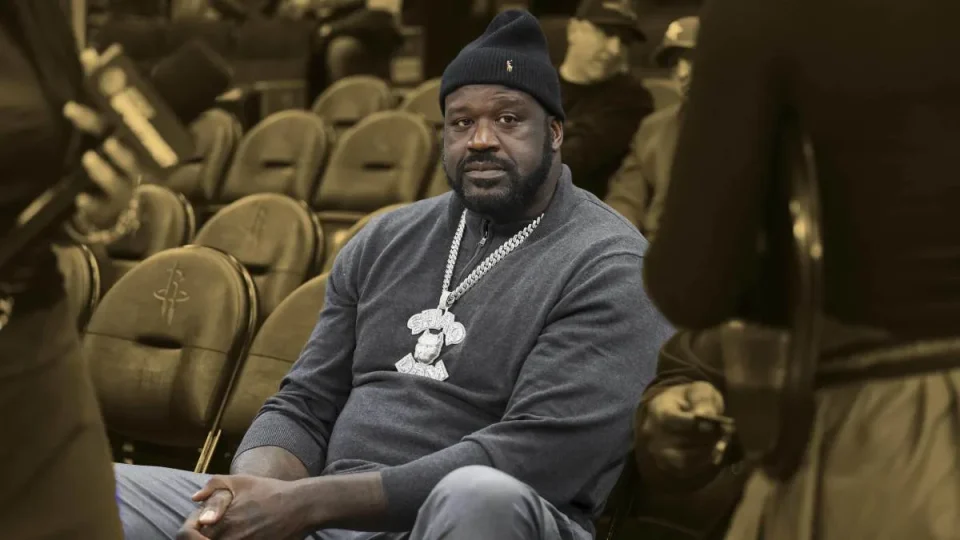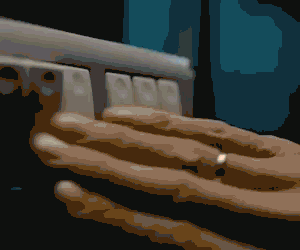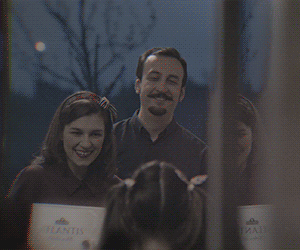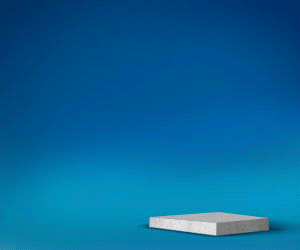The biggest reality Shaquille O’Neal faced after splitting with his wife wasn’t losing wealth or public prestige. It was more about the sharp, personal sting of realizing he had lost a partner. It was the silence that hit the hardest. The absence of laughter in the hallways, the missing footsteps of children in the kitchen, the stillness of a family house built to hold memories.
O’Neal’s realization
His wife was gone, his children were also, as they were not always present. It was just Shaq by himself in a big house. And he knew it was his own fault. “I don’t make excuses,” O’Neal said. “I know I messed up and when I didn’t have that … I was lost. [A] 76,000 square foot house, by yourself lost, no kids. Go to the gym, nobody playing in the gym. You go to the room, nobody’s there, you start to feel it. And as you’re getting older and you hear, ‘Shaq ain’t Shaq no more.'” By the time his divorce from Shaunie Henderson was finalized in 2011, O’Neal had already begun confronting the fallout of the life he’d built — and broken. At the time, the 38-year-old veteran was suiting up for the Boston Celtics, chasing one last playoff push and was quietly unraveling. His role on the Celtics was limited — he played only 37 games that season, plagued by Achilles and calf injuries — and struggled to maintain the dominant presence he had been for nearly two decades. On the court, Shaquille’s impact diminished. Off the court, the weight of personal regret bore down heavier than any low-post double team. It wasn’t just about missing his children’s presence but also realizing his actions had chipped away at the very foundation of what he claimed to value. The mansion he built was stunning, yes, but it rang with absence.

Playing a role
Following his retirement in 2011, O’Neal could have easily receded into comfort. With over $280 million earned across his playing career and countless endorsements stacking his portfolio, financial strain was never in the cards. But what stood before him wasn’t a money problem but a fatherhood problem. And he knew it. “I said to myself, ‘Okay, you are not married, but you have to protect and provide for this family,” the legendary big man said. “Get you a— up, man up, let’s go.” The early 2010s became a time of reinvention for the former NBA Most Valuable Player. No longer the center of attention on the court, he redirected his focus to becoming a constant off it, especially in the lives of his children. His five children had begun to see their father as a man who showed up occasionally. O’Neal has opened up more in the past decade about the weight of those years and the clarity they brought. He never paints himself as a victim. Instead, he details how discipline, responsibility and maturity had to be learned, well after the final buzzer. The Hall of Famer admits his failures not to seek pity but to extend perspective. In the echo of that vast, empty house, O’Neal found not just solitude but the call to accountability — the kind of loneliness that forces an honest reflection.



































